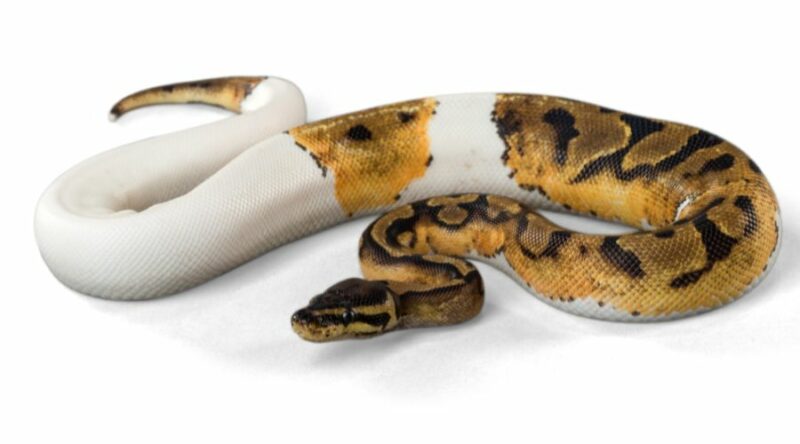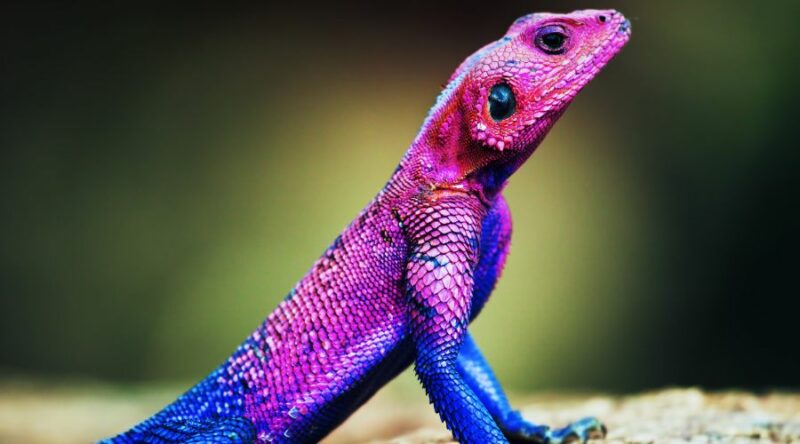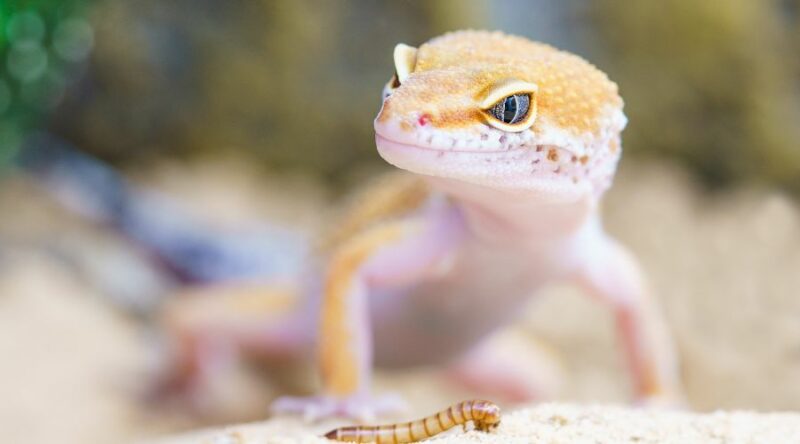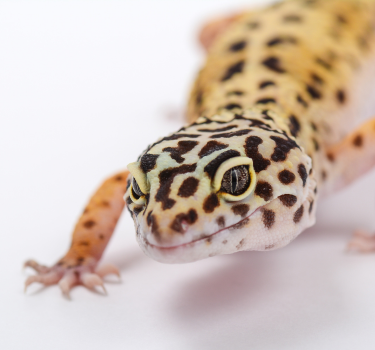Reptile Industry Specific SEO Strategies
Listen up reptile retailers – if you want your online store to really thrive, you need to get your product copy right. I know, writing descriptions for specialty gear like terrariums, heat lamps, and substrates might not sound exciting. But hear me out – optimized content can take your ecommerce business to the next level.
See, Google wants to give searchers useful information that matches their query. So if someone searches “best substrate for ball pythons,” and you have an in-depth, keyword-rich product description that answers exactly that? Boom – you’ll rank high, drive organic traffic to your site, and make more sales. It’s reptile retail alchemy, I tells ya!
But ineffective product copy is also super common, unfortunately. Without the right strategy, it’s easy to waste time writing vague descriptions with no focus. I’ve seen it a zillion times – smart store owners marketing high-quality pet supplies yet barely scraping by.
Well not on my watch! This article will level you up on writing killer product descriptions optimized for both conversions AND search engine results. I’ll share my top tips on:
- Researching the perfect reptile-related keywords
- Crafting compelling title tags and meta descriptions
- Structuring your content for maximum findability
- Real-world examples of descriptions that sell
So lace up those boots and let’s get ready to nerd out on content marketing for the reptile trade!
Reptile Trade Articles
Why SEO-Optimized Descriptions Are Vital For Reptile Sites

Selling specialty products in a niche market online has unique challenges. Unlike big box pet stores, you offer in-depth expertise but have a smaller audience. This makes standing out with optimized content even more critical.
See, detailed product descriptions act like a digital salesperson – communicating what makes your reptile gear worth buying. They also allow customers to self-educate on products using relevant terminology and care tips.
Without this information search visibility and conversions will suffer. But nail those descriptions? You provide value to shoppers while also ranking higher in search engines – an epic win-win!

The Challenge of Selling Niche Products Online
As any bearded dragon breeder knows, our reptile audience is passionate yet smaller than say, cat and dog owners. Catering to their specialty needs takes dedication bordering on obsession (and I say that lovingly)!
But the flip side is having in-depth knowledge on subjects like:
- Ideal terrarium sizes for various herps
- Temperature and humidity requirements by species
- Substrates optimized for burrowing or humidity
- UVA/UVB lighting needs
The thing is…this level of expertise isn’t always obvious from superficial product listings alone. You gotta dig deeper!
That means using descriptions to showcase your nerdy know-how to customers, while also slipping in those vital search keywords. Do it right and you’ll be that bearded dragon’s favorite cricket.

How Optimized Content Helps You Stand Out
So what happens when casual giant day gecko owners search for an arboreal terrarium online?
Without descriptive content that explains sizing and features clearly, they might bounce to a competing site. Or just click back to Google confused by vague listings.
But explain exactly why your 18x18x36 glass enclosure is perfect for their climbing gecko? How it allows UVB penetration while retaining humidity? List key specifications in the description like height and security features?
Well now you’re speaking their language! See how insider terminology and details provide value while also optimizing content? That’s the type of description that earns customer trust while ranking highly in search engines.
And over time as you target long-tail keyword phrases in your niche, your site will organically attract the right herp-loving visitors. Next stop…selling out of those designer crested gecko terrariums, woo!
Keyword Research Basics

Optimized content all starts with focus keywords. But with literally thousands of reptile-related phrases to target, how do you even choose what to optimize for? Great question, fellow herper! Here’s my framework:
Identifying Focus Keywords
Start by brainstorming categories based on your product catalog, like:
- Substrates
- Terrariums
- Heating/Lighting
Then make a list of specifics like reptile species, sizes, housing types, product features etc. This helps generate a master list of potential keywords.
From there, use online tools (more on that soon!) to see search volume data. Filter down to keywords searched frequently each month that align with your offerings. This process lets you identify the juiciest long tail phrases.
For example “40 gallon reptile tank” gets good search volume and fits smaller enclosures many stock. While “extra large bearded dragon terrarium” is more specialized but still popular based on available sizes. See how this works?

Useful Reptile Research Tools
Google Keyword Planner or SEMRush allow looking up keyword metrics like search volume. Filter tools by your niche and geography to identify localized demand.
YouTube’s autocomplete suggestions also showcase popular search phrases people are curious about. And don’t forget actually speaking to customers – existing search questions are gold!
Finally, tools like Google Trends allow seeing particular keyword surges, like increased demand for “leopard gecko heating pads” pre-winter. Useful for timing content!
Avoiding Overly Generic Terms
Sure, targeting huge keywords like “reptile supplies” or “snake enclosure” seems tempting. But competition from mega pet stores makes ranking unlikely. Plus, overly broad terms attract the wrong visitors.
Instead, use long-tail keywords packed with specifics, like “24-inch western hognose snake tank” or “soft substrates for ball pythons.” These niche phrases attract qualified buyers actively seeking you out!
Elements Of A Strong Description

Alright, you’ve researched top reptile keywords…now what? Time to actually write those SEO-optimized product descriptions! Here are key elements for descriptions that drive clicks and conversions:
Crafting Compelling Title Tags
Your product listing’s title tag is critical for communicating what it is – and convincing visitors to click for details. Include 3-5 focus keywords naturally while keeping it under 60 characters.
For example “18x18x24 PVC Reptile Cage for Small Geckos” quickly signals key traits like size and intent. Just be sure to balance keywords with natural phrasing easy to digest.
Writing Robust Meta Descriptions
While meta description tags don’t directly impact search ranking, they are vital for click-through-rate. This snippet under your title tag is your sales pitch explaining why the product is worth visiting.
Aim for 150-160 characters covering what the item is, key traits like sizes/features, and what reptiles it’s suited for. This convinces shoppers your page meets their needs.

Optimizing Content For Scannability
Let’s face it – online browsing encourages skimming content quickly. Expect many visitors to first scan your description seeking specific details before deciding to fully read.
Some useful tactics include:
- Bullet points calling out key specs
- Clear paragraph openings summarizing subjects
- Short 1-2 sentence paras focused on specifics
- Using emphasis for critical details like dimensions
Follow this formula and even brief skimmers will extract enough info to drive conversions!
Structuring Descriptions For SEO

Creating awesome reptile product copy isn’t just about words on the page. Proper technical structure also improves organic visibility. Here are key optimization tips:
Using Headers Effectively
Break up walls of text with H2 and H3 header tags. These help search engines understand content sections. Plus, they aid skim-scanning visitors seeking certain details.
For products, useful headers might include “Dimensions”, “Lighting Features”, “Ideal Species”, etc. Just be sure hierarchy flows logically.
Getting URLs Right
URL structure impacts rankings, so optimize them with keywords. Include traits like product category, species names, dimensions or other descriptors.
For example:
https://www.reptileretailer.com/terrariums-for-reptiles/24-inch-tank-bearded-dragon
Keeps URLs clean while working in critical semantics!
Adding Related Links
Links not only help visitors discover related products, they’re also an SEO factor. Include a short section linking to complementary items or category pages to give crawlers more juice.
For a basking rock define “safe levels of belly heat” then link to suitable heating lamps. Small optimizations that feel natural dramatically improve overall site connectivity.
Real-World Examples From Reptile Brands
Alright fellow herp heads, we’ve covered a ton of territory. Now let’s look at real-world product description examples from successful reptile sites to see SEO principles applied!
I’ll analyze descriptions showcasing elements like killer title tags, strategic headers, scannable body content and overall findability. Take what you learn here and apply it to your own product listings for improved results.
Case Study 1: Premium Reptile Substrate
First let’s examine this premium bioactive substrate listing from The Bio Dude. It does an excellent job targeting key long tail terminology relevant to keepers of more sensitive herps:
Premium Bioactive Substrate – BioDude’s Terra Firma
Ideal for: dart frogs, humid-loving geckos, various snakes
Sizes Available: 3 Liter Bags, 8 Liter Bags
Premium substrate hand-crafted from mineral-rich montmorillonite clay, charcoal, pumice & worm castings. Perfectly pH balanced, zero dust & expertly mixed particle sizes provide ideal drainage + moisture retention for bioactive vivaria. Stimulates healthy microbial activity to plant roots & lower levels of ammonia excretions. Includes detailed instructions for bioactive & naturalistic tropical/temperate setups.
For Use With Sensitive Species Requiring:
- beneficial microbe growth
- sabotaged ammonia conversion
- increased beneficial fungi
- naturalistic enrichment
- ideal mineral supplementation
Learn why our hand-crafted Terra Firma bioactive substrate beats reptile carpets.
Breaking this down:
- Title Tag: Excellent inclusion of target species while keeping concise
- Opening Summary: Quick explanatory paragraph focused on function
- Header: Calls out exact use-case, perfect for skimmers
Body: Further details in easy to digest bullets on why product is ideal. Also includes a solid call to action driving clicks with value proposition against reptile carpets.
This checks all the boxes creating informative copy targeting buyers and search engines alike. Well done Bio Dude web team – that’s some quality bioactive content!!

Case Study 2: Decor Reptile Cave
Now let’s examine this reptile cave listing from ZooMed demonstrating great title/header structure:
Zoo Med Reptile Shelter 3 in 1 Cave, Medium
Hideaway for reptiles & amphibians up to 5 inches long
Ideal Species:
- Leopard geckos
- Bearded dragons
- Tree frogs
- Pacman frogs
Easy to Clean & Disinfect
Durable resin construction holds up to repeated cleanings & disinfection.
Customizable to Any Enclosure
Fully enclosed design provides added security. Windows allow for customizable configurations.
Encourages Natural Behavior
Facilitates burrowing behavior and provides an ideal humid retreat.
Some takeaways here:
- Title Tag: Concise with size qualifier and for whom
- Initial Summary Sentence: Further details suitable species
- Ideal Species Header: Bucketed out in easy to scan bullets
- Supporting Headers: Covering critical categories like care, customization and behavior
The repetition of “geckos, bearded dragons” etc also helps reinforce key traits both for visitors and search engine spiders. Really solid structure here!
And there you have it friends – the complete guide to crafting SEO-friendly product copy that converts! We covered a ton of territory here on optimizing online listings for the reptile trade.
Remember, detailed content lights the path helping visitors buy, while also improving organic visibility over competitors. Now you’ve got all the tools needed to unleash your inner reptile retail copywriting mongoose!
So get researching those buyer keywords, craft fine-tuned title tags and meta descriptions, then string it all together with scannable content. Do that across your product catalog and your site will shine bright as a beacon for herp lovers seeking your gear.
Alright, that’s a wrap! Go enjoy basking on warm rocks like our good friend Mr. Bearded Dragon up there. You deserve it after today’s reptile retail content masterclass – way to crush it!
Frequently Asked Questions About Using SEO For Writing Product Descriptions Pertaining To The Reptile Industry
Leverage free online tools like Google's Keyword Planner, SEMrush's database, and YouTube's autocomplete suggestions. Analyze search volume data to identify frequently searched long-tail keywords that align with your product offerings. Also speak directly with customers about common questions to uncover popular search phrases.
Yes, absolutely use scientific names and technical terminology when relevant! The reptile community thrives on insider language, so profiling your expertise builds trust. Just be sure to provide enough context and explanation that mainstream visitors understand key traits and how products suit various species' needs.
Some proven formulas include leading descriptions with informative title tags and snappy meta descriptions summarizing key details. Use scannable formatting like bullet points and bolded headers to call out species specs, dimensions, ideal habitat uses and other vital info. And don't forget calls to action driving visitors to make a purchase!
Aim to periodically refresh product copy every 6-12 months. Research any new buyer keywords that may be trending annually. Add new headers with relevant content or links. And split overly long descriptions into separate category pages based on species or enclosure type. This provides more pages to optimize and gives earlier content a fresh coat of paint!



